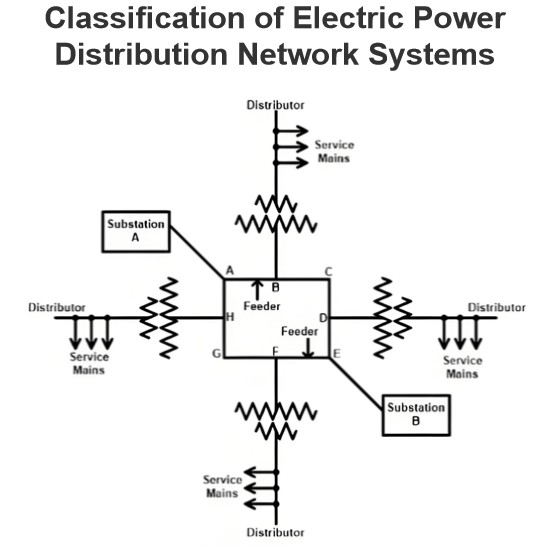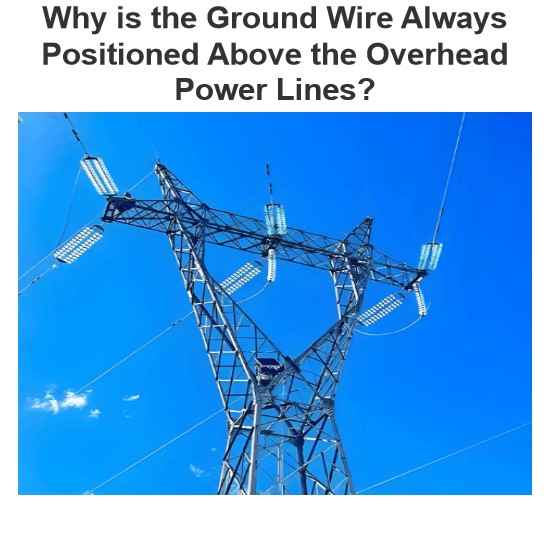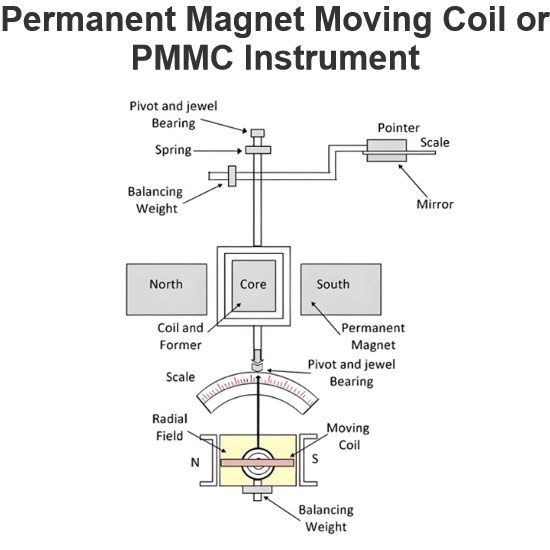Protection of Meters

When we measure an electrical signal there very often may be a chance of over current through the meter. This may be due to following reasons.
The meter may be connected wrongly to the circuit.
The rating of the meter is selected wrongly for the measurement.
Occurrences of over current in the circuit itself during measurement.
Over current causes overheating in the meter which may ultimately lead to a permanent damage to the meter. The reasons of the over current cannot be avoided 100% although it is convenient to protect the meter from the effect of over current. This is done by using semiconductor diode of suitable rating.
Whenever a meter is connected in the circuit to measure an electrical signal, there must be a voltage drop across it. If the current through the meter is increased beyond safety limit, the voltage drop also crosses the rated limit. Suppose the rated voltage drop limit of the meter is 0.6 volt. Now, let us connect a diode across the meter, whose forward barrier voltage is 0.6 volt. Now, if due to excess current through the meter, if the voltage drop across the meter becomes more than 0.6 volt, the diode becomes short-circuited, since this excess voltage also appears across the diode.
As soon as the diode is short-circuited, the meter current is diverted through the diode. As result, the meter is being protected from excess heating. If only one diode is used it is called Single Diode Protection.
If two diodes are connected across the meter in opposite direction, it is called double diode protection. This arrangement protects the meter for both directions of current.
Statement: Respect the original, good articles worth sharing, if there is infringement please contact delete.
Electrical4U is dedicated to the teaching and sharing of all things related to electrical and electronics engineering.















